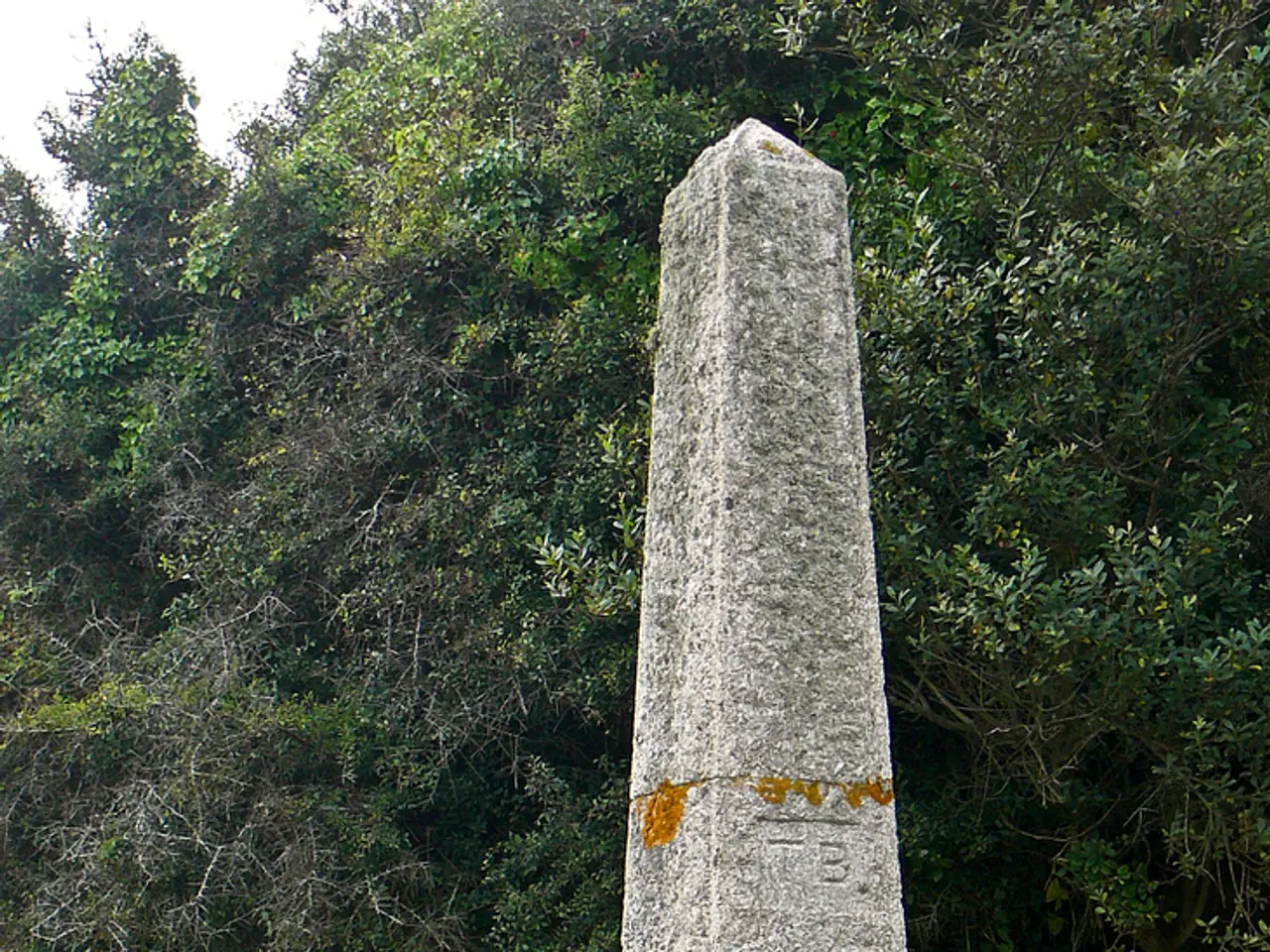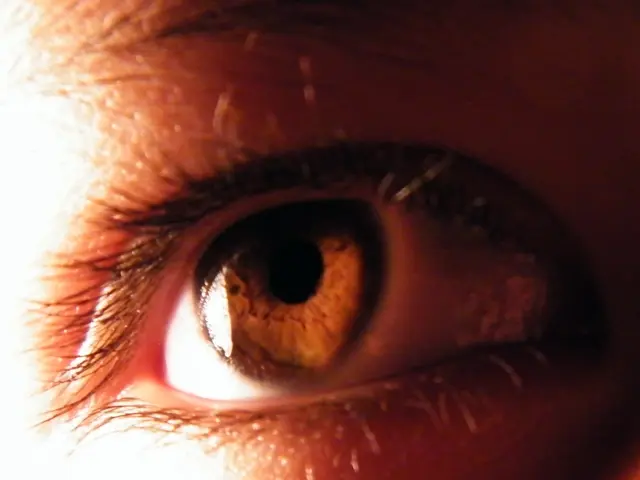Were cancer rates significantly lower in pre-industrial times?
In a groundbreaking study published in the journal Cancer in 2021, researchers used modern cancer-detecting tools to examine bones from centuries-old burials in Britain. The study, led by Piers Mitchell from Cambridge University, suggests that the incidence of cancer in pre-industrial Britain may have been at least 10 times higher than previously thought.
The team focused their study on skeletons with intact pelvises, spines, and femurs, as these areas have rich blood flow where bone metastases are most common. They analysed 143 adult skeletons from six medieval cemeteries around Cambridge, England, using CT scans and x-rays. The study's methodology involved making cancer diagnoses only if the assessment matched the opinion of a practicing radiologist.
The study revealed that cancer was present in the bones of five of the 143 individuals analysed, equating to approximately 1% or less of the population. This finding challenges previous research that suggested cancer incidence in pre-industrial Britain was much lower than today.
The study's findings provide a more accurate historical baseline for cancer occurrence before industrial and modern lifestyle influences. The researchers extrapolated that between 9 and 14 percent of pre-industrial Britons likely had cancer, an estimate a full ten times higher than the previous figure of around 1 percent.
The study's implications for modern medicine could help scientists better understand the impacts of carcinogens, such as tobacco and industrial pollutants, on human health. The study also sheds light on the impacts of non-industrial carcinogens, which include solar radiation, lead, indoor fires, viruses, and parasites.
It's important to note that the study was conducted with specimens from a single geographic area, and it doesn't necessarily represent all of early medieval Britain. Nevertheless, the study complicates the historical stereotype of medieval disease as primarily consisting of infection, malnutrition, and injuries.
As of 2025, no studies have directly addressed or updated this particular pre-industrial cancer incidence estimate based on the 2021 study. However, ongoing cancer research continues to focus on modern epidemiology and prevention.
In today's world, more than half of all current Britons are expected to receive a cancer diagnosis within their lifetime. This revised estimate for cancer incidence in pre-industrial Britain provides valuable context to this modern reality, showing that cancer was present, albeit at a much lower rate, in ancient populations.
- The study on pre-industrial Britain's cancer incidence, published in Cancer journal, questions the historically underestimated impact of medical-conditions like cancer on human health.
- By analyzing bones from medieval cemeteries around Cambridge, England, researchers found that at least 1% of the population might have suffered from cancer, a number much higher than previously thought.
- This research reveals that health issues, such as cancer, were not exclusive to modern times but were also present in early medieval Britain, challenging the stereotype of medieval disease as primarily consisting of infection, malnutrition, and injuries.
- The study's findings highlight the importance of investigating carcinogens, whether from industrial pollutants, solar radiation, lead, or viruses/parasites, in understanding the history of health-and-wellness and potential implications for future health.
- In the field of archaeology, this study underscores the need to revisit and refresh historical baselines for various medical-conditions, like cancer, given the advances in science and technology, particularly in imaging technology like CT scans and x-rays.
- Moving forward, understanding the ancient occurrence of cancer through research, like the one led by Piers Mitchell from Cambridge University, enriches our comprehension of environment, climate, nutrition, and their potential impact on human health throughout history.




